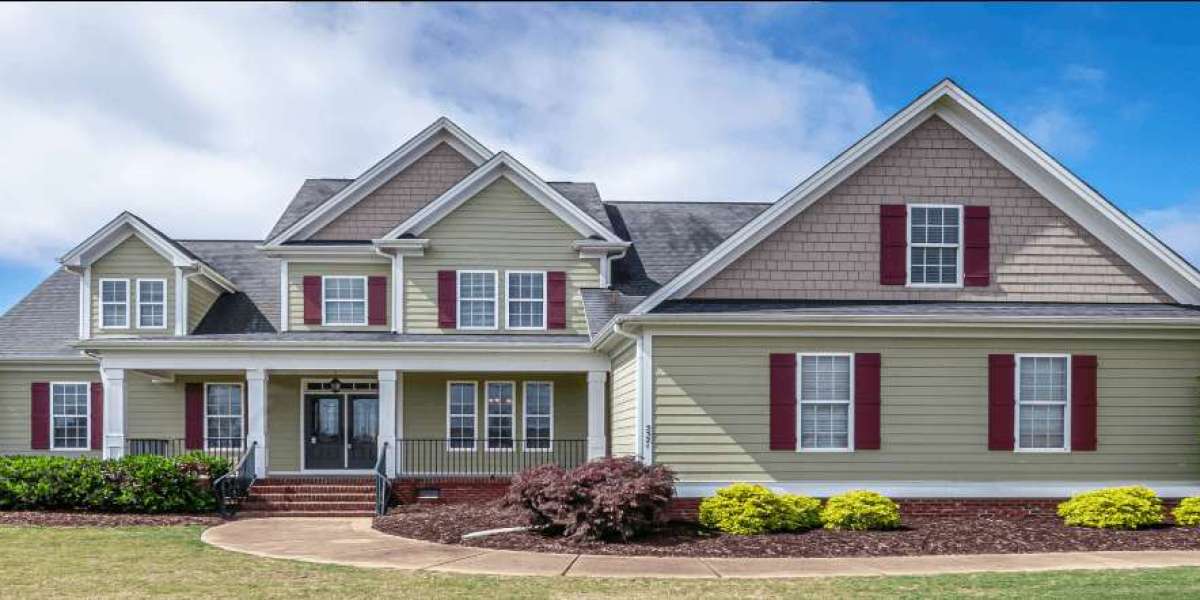Building a custom home is a dream for many, offering the opportunity to create a space tailored to your specific lifestyle and needs. However, one of the most important steps in realizing this dream is securing the proper financing. Whether you’re planning to build a sprawling custom home or a cozy accessory dwelling unit (ADU), understanding the ins and outs of construction financing is key. This guide will walk you through the basics of home construction loans, types of financing available, and tips on how to make the process smoother.
Understanding Construction Financing
Construction financing differs from traditional mortgage loans in that it’s designed specifically to cover the costs associated with building a new home. Unlike a standard mortgage, where you borrow a lump sum to buy an existing house, a construction loan provides funds for a project as it progresses. This means that payments are made in stages as the home is being built, which helps to ensure that funds are available when needed without overextending the borrower.
A key feature of construction loans is that they are typically short-term, often ranging from 12 to 18 months. They usually require interest-only payments during the construction phase, and the full loan is due upon completion. At that point, borrowers often refinance into a permanent mortgage to pay off the construction loan.
Types of Construction Financing
There are a few main types of construction loans that cater to different needs:
1. Construction-to-Permanent Loan
This is a popular option for those building a custom home. A construction-to-permanent loan allows you to secure financing for the construction phase and then convert it into a traditional mortgage once the home is completed. The benefit of this type of loan is that it simplifies the process by combining both loans into one. You only need to apply once and will not have to pay closing costs twice.
2. Construction-Only Loan
This loan covers only the building phase of your home, requiring you to take out a separate mortgage once the home is finished. Construction-only loans are typically used when you already have cash available for the final mortgage or are planning to refinance from another loan. However, this option comes with higher risk, as you will need to qualify for two separate loans.
3. Owner-Builder Loan
If you plan on being your own general contractor and overseeing the construction process, an owner-builder loan might be the right choice. This type of loan is typically only available to those with experience in construction or a related field, as lenders tend to view it as a riskier option.
4. Renovation Loan
While not specifically for new home construction, a renovation loan is an option for those looking to extensively renovate or add to an existing property. This could be useful if you’re considering adding an accessory dwelling unit (ADU) or upgrading your home.
Financing an Accessory Dwelling Unit (ADU)
Accessory dwelling units, or ADUs, have become increasingly popular as homeowners look to add space for rental income, family members, or home offices. ADUs are smaller, secondary homes on the same property as a primary residence. These structures can be detached, attached, or converted spaces like basements or garages.
The financing options for building an ADU are similar to those for custom home construction. However, the costs tend to be lower, so financing an ADU can be more affordable.
1. Home Equity Loan or Line of Credit (HELOC)
For homeowners who already have equity built up in their primary home, a home equity loan or HELOC can be a great option for financing an ADU. These loans allow you to borrow against the equity in your existing home, offering lower interest rates than personal loans or credit cards. However, since you're using your home as collateral, it's important to ensure you can meet the repayment terms.
2. Cash-Out Refinance
Another option is a cash-out refinance, which involves refinancing your existing mortgage to a higher amount and using the difference to finance your ADU. This can be particularly appealing if current mortgage rates are lower than when you first bought your home.
3. Personal Loan
If you don’t have enough equity in your home, a personal loan may be a viable option. Personal loans often have shorter repayment periods and higher interest rates compared to home equity loans, but they don’t require you to put your home on the line.
4. Government Programs
In some regions, there are government-backed programs or grants that can help finance the construction of ADUs. This is especially true in areas that are encouraging ADUs to combat housing shortages. It’s worth researching local incentives to see if you qualify for any special financing options.
Steps to Secure Construction Financing
Now that you understand the types of financing available, the next step is to begin the loan application process. Here are a few key steps to ensure you’re prepared:
1. Develop a Detailed Construction Plan
Lenders will want to see a comprehensive plan for your construction project. This includes blueprints, a detailed budget, and timelines. They will also likely require information about the general contractor you’ve chosen.
2. Get Pre-Approved
Before diving into the building process, it’s a good idea to get pre-approved for a loan. This will give you an idea of how much you can borrow and the terms you can expect. Pre-approval also shows contractors and builders that you’re serious about moving forward with the project.
3. Budget for Contingencies
When building a custom home or an ADU, unexpected costs can arise. It’s wise to include a contingency budget of around 10-15% of the total project cost to cover any surprises. Lenders will often ask about your plans for covering unforeseen expenses, so being prepared is key.
4. Monitor Progress and Payments
During the construction process, lenders will release funds in stages based on the progress of your project. These are called “draws.” Be sure to stay on top of the construction schedule and coordinate with your lender to ensure funds are released on time to avoid delays.
Conclusion
Building a custom home or accessory dwelling unit can be an exciting journey, but it’s important to have a clear understanding of construction financing before embarking on the process. With various loan options available, from construction-to-permanent loans to HELOCs for ADUs, finding the right financing solution is essential to turning your dream into a reality. By planning ahead, securing the right loan, and working closely with lenders and contractors, you’ll be well on your way to creating the home of your dreams.












